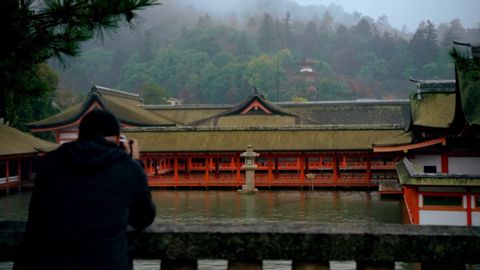広島フォトウォーク|ナショナルジオグラフィック (Hiroshima Photo Walk | National Geographic)
林宜悉 が 2020 年 11 月 13 日 に投稿  この条件に一致する単語はありません
この条件に一致する単語はありませんUS /ˈkɑnˌsɛpt/
・
UK /'kɒnsept/
US /ˈnærətɪv/
・
UK /ˈnærətɪv/
- n. (c./u.)物語;物語;語り口;解説
- adj.物語風の : 物語から構成される
US /ɪɡˈzɪst/
・
UK /ɪɡ'zɪst/
US /ˈɪntrɪkɪt/
・
UK /ˈɪntrɪkət/
エネルギーを使用
すべての単語を解除
発音・解説・フィルター機能を解除
